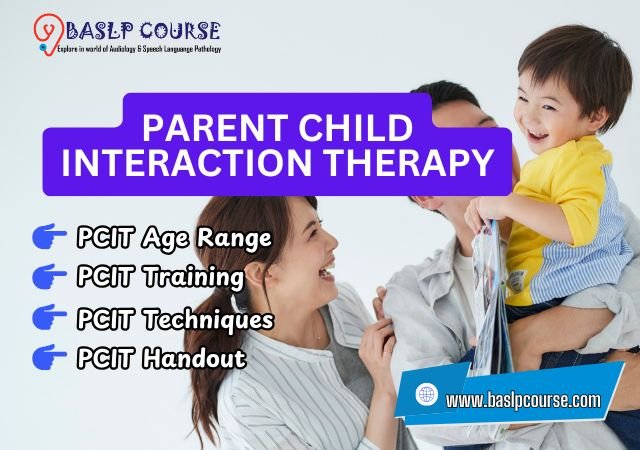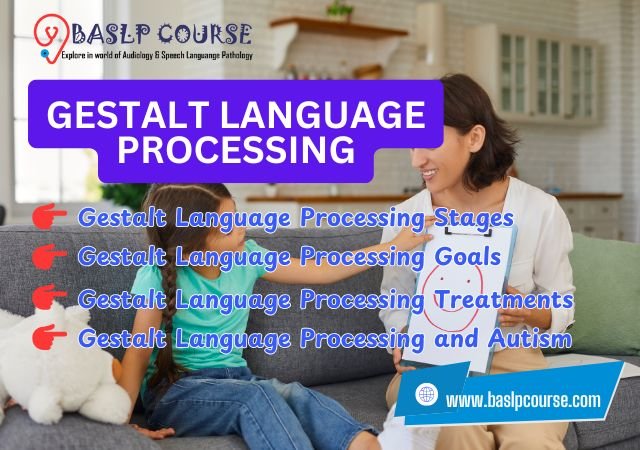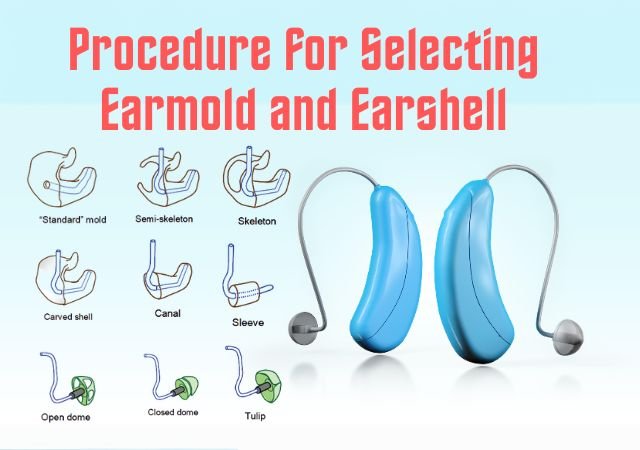Changing Scenario in Management of Stuttering: Procedures to Create an Environment that Facilitates Fluency Preschool-age children, especially those on the borderline between normal disfluency and stuttering, may need only a little change in their environments for their stuttering to disappear permanently (Starkweather, Gottwald, & Halfond, 1990).
- Treatment focuses on parents:
- counseling them to reduce their anxieties,
- modeling for them, and
- continuing to support the changes they make.
- Parent-child interactions are usually the key element of the environment that can be changed to facilitate fluency. Video recordings and playback of these interactions in the clinic or observations at home, coupled with parent counseling, can help parents improve how they communicate with their child (Guitar, Kopff-Schaefer, Donahue-Kilburg, & Bond, 1992).
- Parents usually work on creating a facilitating environment during brief, one-on-one daily sessions with the child. In some families, other aspects of the environment may need to be changed, such as the home’s hurried pace of life, stressful life events, and the communication styles of other family members.
- Older preschoolers may also benefit from a direct approach, involving contingencies for fluent speech and stuttering.
- For school-age children, the creation of facilitating environments may include working with the child’s family, but the school setting may be equally important, if not more so.
- Clinicians often work in partnership with a child or adolescent to make school a “fluency-friendly” environment.
- The clinician may arrange meetings with the child and his teachers to improve the teachers’ understanding of his stuttering and to open lines of communication between the child and teachers.
- A child’s peers can be invited to treatment so that they may improve their understanding of the child’s stuttering, while the process of the child’s openness about his stuttering with other children is begun.
- Freely discussing his stuttering with other students is one of the most powerful ways for a school-age child to make his environment more fluency friendly.
- For some children, a powerful boost can be given to therapy’s progress if they are able, with the clinician’s help and support, to make a presentation to their class about the nature of stuttering in general and their stuttering in particular.
- Openness about stuttering is also a major way in which adults can create a supportive environment.
- by commenting on their stuttering,
- by showing a sense of humor about it, and
- by sharing what techniques they’re working on,
- Adults who stutter can create environments in which their listeners are quite comfortable with the adults’ stuttering. This helps them feel free to use various fluency-enhancing techniques.
References:
⇒ STUTTERING An Integrated Approach to Its Nature and Treatment – BARRY GUITAR, PH.D. (Book)
⇒ Stuttering and Cluttering – David Ward (Book)
You are reading about:
Changing Scenario in Management of Stuttering







0 Comments